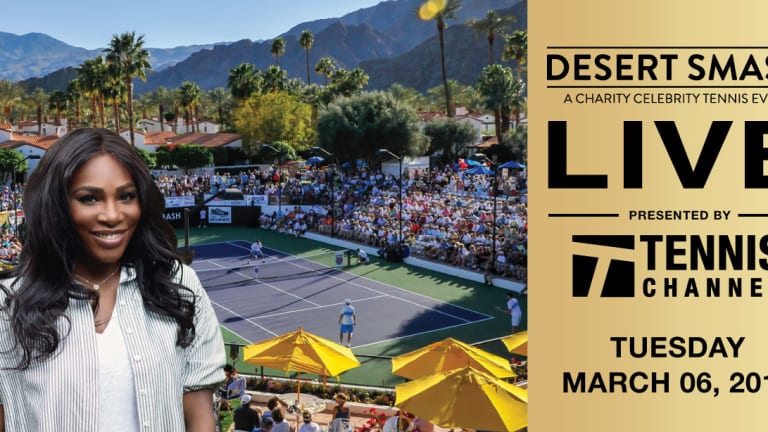Tennis has been transformed over the last five decades by TV, money, technology, equipment, fashion and politics. But through all of that, the players have remained at the heart of the game. As part of our golden anniversary celebration of the Open era, Tennis.com presents its list of 50 best players—the Top 25 men and the Top 25 women—of the last 50 years. You'll be able to view the entire list in the March/April issue of TENNIS Magazine.
(Note: Only singles results were considered; any player who won a major title during the Open era had his or her entire career evaluated; all statistics are through the 2018 Australian Open.)
Years played: 1998—
*Titles: 97
Major titles: 20*
After 20 years, 20 Grand Slam titles and innumerable flights of artistic fancy, are there any praises still left to sing?
When Federer was new to the tour in the late 1990s, he took his share of bad losses like anyone else. But his reaction to one of them in particular was telling. The young Swiss was annoyed most of all by the fact that his opponent’s technique was not even remotely as “beautiful” as his own.
While many people would not immediately equate a player’s aesthetic appeal with his ability, Federer was onto something about his own game, and what would ultimately raise it above every other male player’s in the Open era. He would fuse the stylish with the substantive, the artistic with the effectual, the elegant with the dominant. Federer would make the tennis textbook sing, and show that, at least in this sport, there was a use for beauty, after all.
The artistry in Federer’s game was apparent from the start, even if the extent of its effectiveness wasn’t. At a time when sonic serving, baseline grinding and two-handed slugging were in the ascendant, Federer provided an alternative that was both old-fashioned and brand new: an effortless service motion, a sweeping one-handed backhand, a topspin forehand that he used to create rather than just rally, a willingness to play the net, a flair for the sensational response, and an ability to win with something more subtle and varied than brute power.
Federer’s role models were the last generation of all-courters—led by Stefan Edberg, Pete Sampras and Boris Becker—which he grew up watching in the early ’90s. Federer would come to the world’s attention as a 19-year-old in 2001, when he upset the best of that generation, Sampras, in a five-set classic on Centre Court and ended the American’s long reign at Wimbledon.
That day, Federer was the better net-rusher, but he didn’t start his own reign on Centre Court until he adapted to its new, hardier grass and began directing his attacks from the baseline. In doing so, he was taking the same step back as his peers. Federer would use what he learned from the last of the great 20th century players to make himself into the first great player of the 21st.
Court Report: Roger Federer wins Laureus Sportsman of the Year
